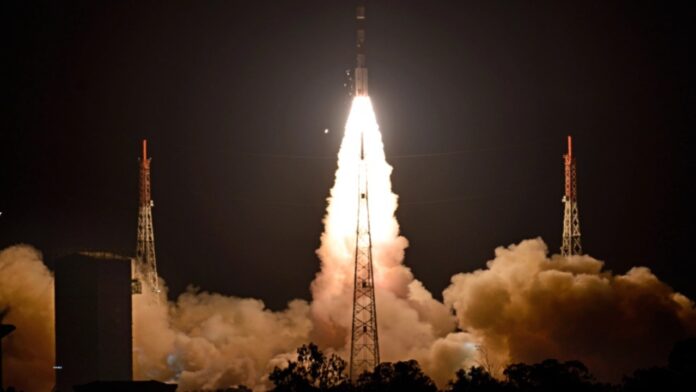In a move that has sparked international attention, Iran successfully launched three satellites into orbit on Sunday, just a week after the Islamic Revolutionary Guard Corps sent the Soraya research satellite into space. The launch, facilitated by the two-stage Simorgh satellite carrier, marked a significant milestone for Iran’s space program, but it also drew criticism from Western nations.
The trio of satellites includes the Mahda satellite, weighing approximately 32 kilograms, developed by Iran’s Space Agency. Mahda is specifically designed to test advanced satellite subsystems, showcasing Iran’s growing capabilities in space exploration.
Additionally, the other two satellites, Kayhan 2 and Hatef, each weighing under 10 kilograms, are geared towards testing space-based positioning technology and narrowband communication, according to Iran’s official IRNA news agency.
However, the international community, represented by Britain, France, and Germany, condemned Iran’s satellite launches in a joint statement. This condemnation was promptly rejected by Iran as “interventionist.”
This recent development adds to the ongoing tensions between Iran and Western governments, including the United States. The latter has consistently warned against such satellite launches, asserting that the same technology employed for space exploration can be repurposed for ballistic missiles, potentially capable of delivering a nuclear warhead.
The Western stance underscores the delicate geopolitical landscape surrounding Iran’s technological advancements, raising concerns about the dual-use nature of space technology and its potential military applications. As the situation continues to unfold, it remains to be seen how diplomatic efforts and international dialogues will shape the future trajectory of Iran’s space program and its broader implications on global security.


